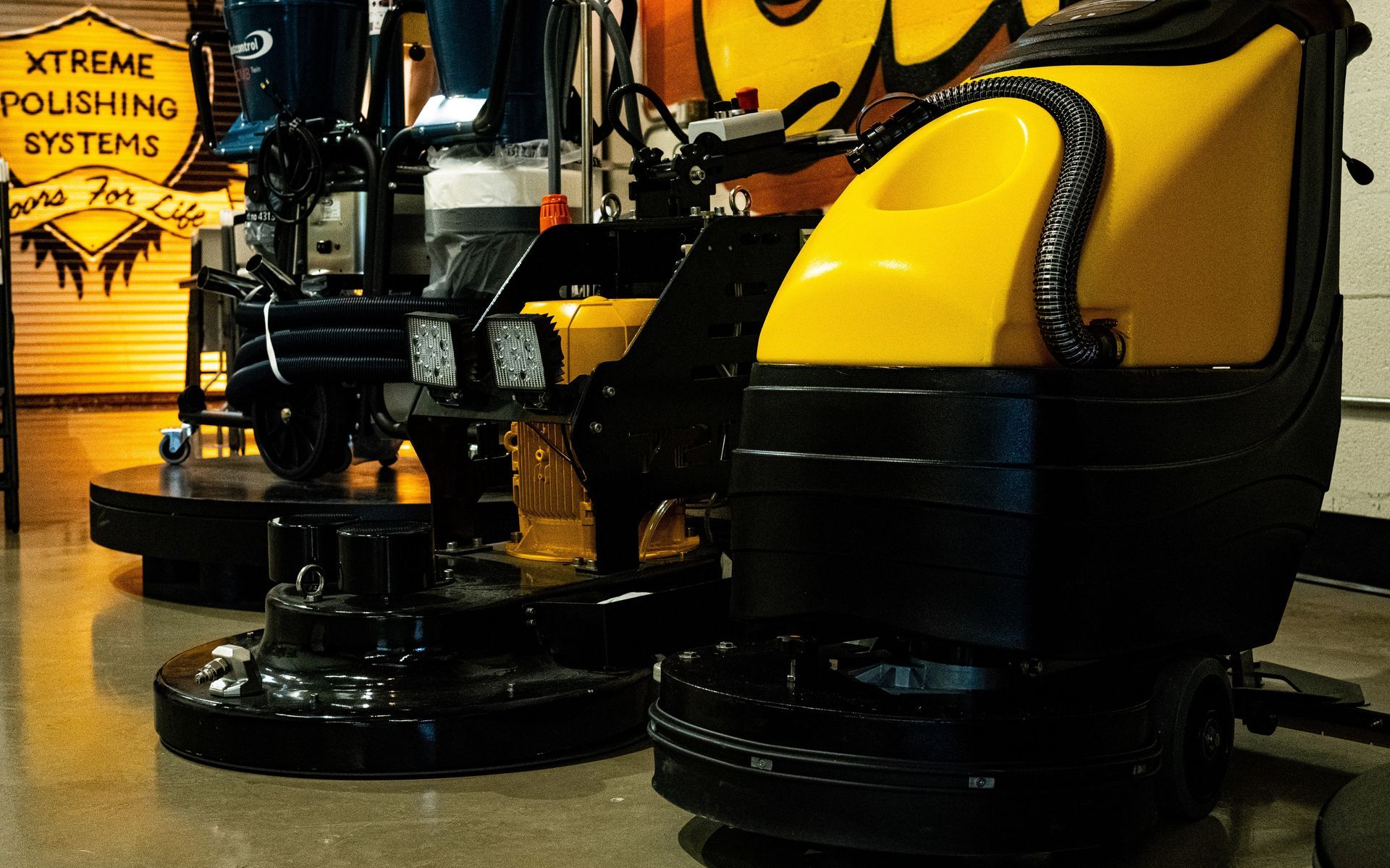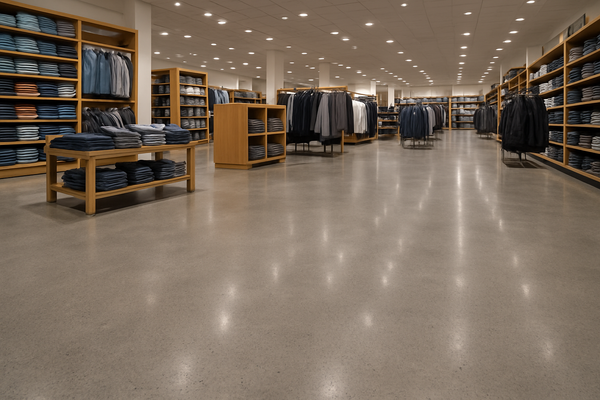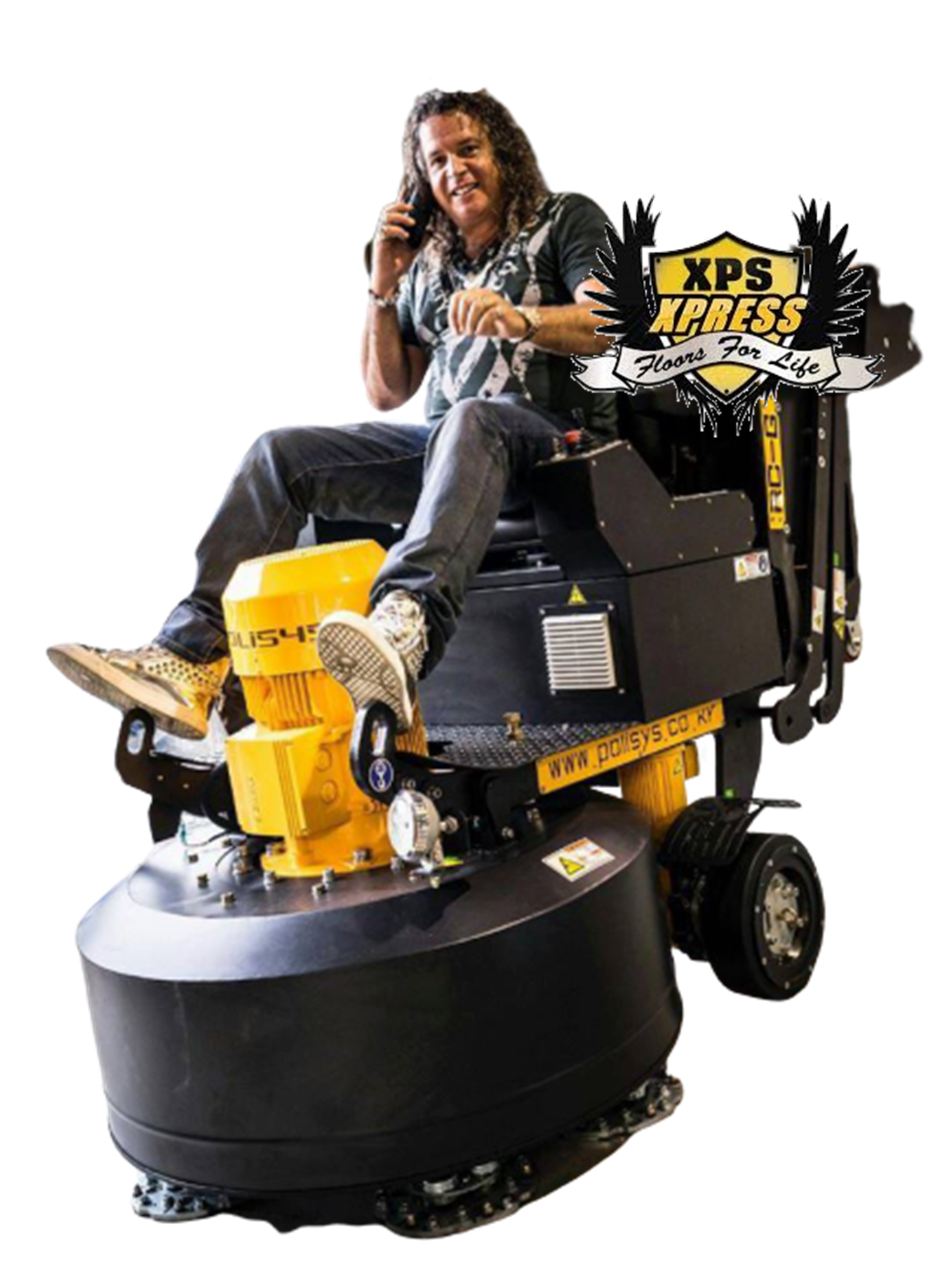Frequently Asked Questions in the Epoxy Resin Industry
What is epoxy resin used for?
Epoxy resin is incredibly versatile. It's commonly used for:
- Floors (residential, commercial, garage)
- Countertops and bar tops
- Artwork like river tables and wall art
- Industrial coatings
- Protective sealants
Its durability, glossy finish, and chemical resistance make it a top choice for both functional and aesthetic purposes.
What’s the difference between epoxy and polyaspartic coatings?
While both are protective coatings, polyaspartic is known for its faster cure times , higher UV resistance , and greater durability in garages, outdoor or high-traffic environments. Epoxy is often used for its self-leveling properties and deep, glossy finish—ideal for indoor applications like countertops and residential floors.
How long does epoxy take to cure?
Typically, epoxy takes 24–72 hours to fully cure , depending on the type, thickness, temperature, and humidity. Fast-curing options may be ready for light foot traffic in as little as 8–12 hours .
Can epoxy be applied over existing floors?
Yes! Epoxy can be applied over concrete , tile , wood , and even previously coated surfaces , as long as the surface is properly prepped, cleaned, and primed.
How do I prep my surface before applying epoxy?
Surface prep is critical for a successful application. It typically involves:
- Cleaning to remove dirt, grease, or oils
- Grinding or shot blasting for concrete surfaces
- Repairing cracks or damage
- Priming with an appropriate base coat for adhesion
Skipping these steps can lead to delamination or peeling.
Is epoxy resin safe to use indoors?
Yes, but make sure you're using a low-VOC or zero-VOC formula and work in a well-ventilated space. Wearing proper PPE (personal protective equipment) like gloves, goggles, and a respirator is always recommended.
How do I clean and maintain an epoxy floor?
Epoxy floors are low-maintenance, but for best results:
- Sweep or vacuum regularly
- Use a soft mop with mild detergent
- Avoid harsh abrasives or acidic cleaners
For garage or industrial floors, periodic re-coating can help extend the lifespan.
Why is my epoxy yellowing or bubbling?
Yellowing will occur with any epoxy resin coating due to UV exposure . This is why UV-stable topcoats, like polyaspartic coatings , are recommended for areas with extreme sunlight exposure.
Bubbling typically happens when air is trapped during mixing or when epoxy is applied to a surface that’s too hot or porous.
How thick can I pour epoxy resin?
This depends on the product.
- Coating resins: ~1/8 inch per layer
- Casting resins: up to 2 inches or more per pour
Always check manufacturer guidelines for pour depth, as thicker pours can overheat or crack.
Can epoxy floors be customized with colors or designs?
Absolutely! You can incorporate:
- Metallic pigments for a marble or 3D effect
- Flake and quartz systems for texture, durability and slip-resistance
- Spray paints for artistic designs
- Vinyl graphics such as floor decals or for logos and branding
The design possibilities are endless!
Final Thoughts
The epoxy resin industry continues to evolve, and with the right knowledge and products, the results can be truly transformative. Whether you're a contractor, artist, or DIYer, understanding the basics—and having answers to common questions—helps ensure success.
Still have questions? Drop us a message or connect with our experts —we’re here to help you build better, brighter, and bolder with epoxy.
You might also like
Epoxy Floor Polished Concrete Blog






